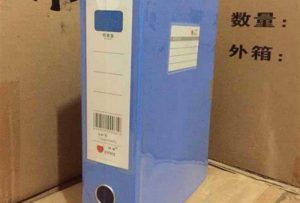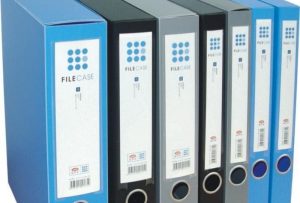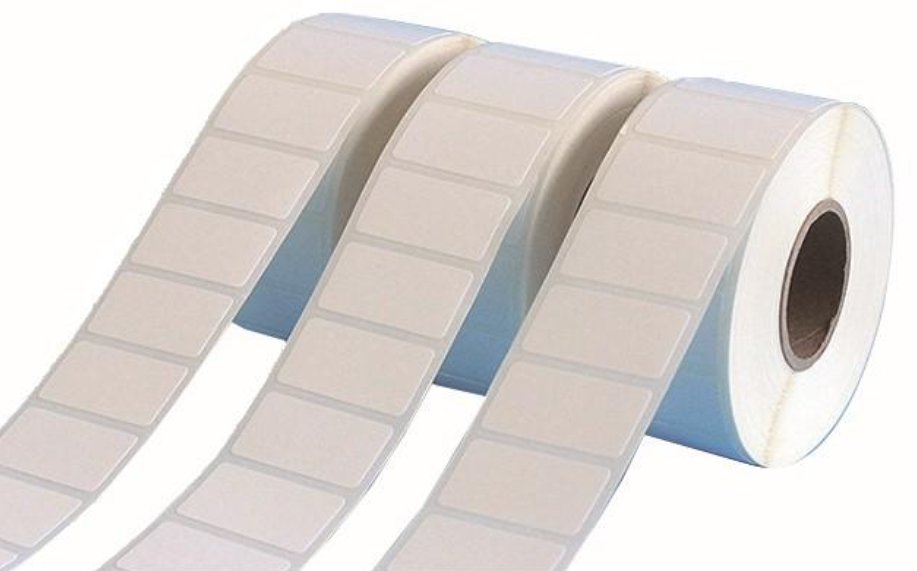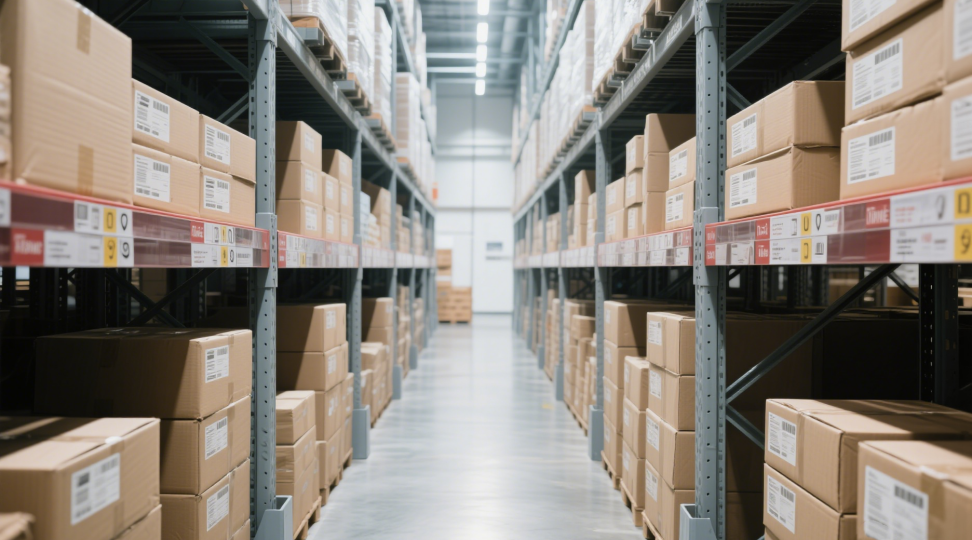如何选择无粘性酸标签以进行安全存档盒标签
Archiving important documents requires more than just sturdy boxes—it demands labels that stand the test of time. Acid-free labels have become the gold standard for preserving historical records, legal files, and sensitive data. However, selecting the right adhesive acid-free labels for archive boxes can be challenging. 在本指南中, we’ll explore the science behind acid-free paper, factors affecting label adhesion, and actionable tips to ensure your labels remain securely attached for decades.
Why Acid-Free Labels Matter for Archive Boxes
Acid-free paper, introduced in the 1980s, revolutionized document preservation. Traditional paper contains sulfuric acid (from alum and rosin sizing agents), which degrades fibers over time, causing brittleness and discoloration. Acid-free paper, with a pH of 7–8.5, neutralizes environmental acids and maintains strength. According to the Library of Congress, acidic paper can deteriorate in 50 年, while acid-free paper lasts over 500 年.
For labels, this longevity is critical. Labels on archive boxes must withstand handling, temperature shifts, and humidity without peeling or fading. Acid-free labels ensure legibility and adhesion, protecting vital information for generations.
Key Factors for Choosing Durable Acid-Free Labels
1. 粘合剂类型: Balancing Strength and Compatibility
Not all adhesives work well with acid-free paper or archive box materials (例如。, cardboard, 塑料, or metal). Below are common adhesive types and their applications:
| 粘合剂类型 | 最好的 | 抗温度 | Longevity |
|---|---|---|---|
| Permanent Acrylic | Cardboard, 塑料 | -40°C至120°C | 10+ 年 |
| Removable Rubber | Temporary labeling | -20°C至80°C | 1–2 years |
| 专业粘合剂 | Metal, textured surfaces | -50°C至150°C | 20+ 年 |
Permanent acrylic adhesives are ideal for archive boxes due to their strong bond and resistance to environmental stress. At Gemmy Label, we use ISO 9001-certified acrylic adhesives that comply with FSC sustainability standards.
2. 表面处理: Ensuring Optimal Adhesion
Archive boxes often have dusty or uneven surfaces. To maximize label adhesion:
-
Clean surfaces with a dry cloth to remove debris.
-
Use primers for non-porous materials like plastic or metal.
-
Test adhesion with a small label before full application.
A study by UPM Raflatac found that labels applied to unprepared surfaces fail 60% faster than those on cleaned surfaces.
3. Environmental Resistance: 湿度, 温度, and UV
Archives face diverse storage conditions. Labels must endure:
-
湿度: Acid-free paper absorbs moisture, causing weak adhesives to fail. Opt for water-resistant adhesives.
-
温度: Labels in cold storage require flexible adhesives to prevent cracking.
-
UV Exposure: Use UV-coated labels to prevent fading.
Gemmy Label’s acid-free labels are tested at 85% humidity and 40°C, ensuring performance in extreme environments.
The Role of Acid-Free Paper Quality in Label Durability
Not all acid-free papers are equal. Look for:
-
ISO 9706 认证: Guarantees a 200+ year lifespan.
-
Alkaline Buffer: Calcium carbonate (CaCO3) neutralizes acids.
-
FSC Certification: Ensures sustainable sourcing.
Low-quality acid-free paper may lack sufficient buffers, leading to premature degradation. Gemmy Label’s acid-free materials contain 10–100% post-consumer waste, balancing durability and eco-friendliness.
Common Mistakes to Avoid
-
Ignoring Substrate Compatibility: Labels designed for cardboard may fail on plastic.
-
Using Low-Tack Adhesives: These peel off under weight or humidity.
-
Overlooking Label Thickness: Thin labels (under 80 gsm) tear easily during handling.
案例研究: Gemmy Label’s Acid-Free Solutions
In 2022, a national archive partnered with 宝石标签 to replace deteriorating labels on 10,000+ boxes. We recommended 120 gsm acid-free paper with permanent acrylic adhesive. After 18 月份, zero labels showed edge lifting or fading, even in fluctuating humidity.
结论: Preserving History with the Right Labels
Choosing acid-free labels for archive boxes involves understanding materials, 粘合剂, and environmental factors. By prioritizing certified acid-free paper, robust adhesives, and proper surface prep, you ensure labels remain legible and secure.
在 宝石标签, we combine 12+ years of expertise with partnerships from industry leaders like Avery and 3M to deliver archival-grade labeling solutions. Explore our ISO 9001-certified acid-free labels today—where durability meets sustainability.




